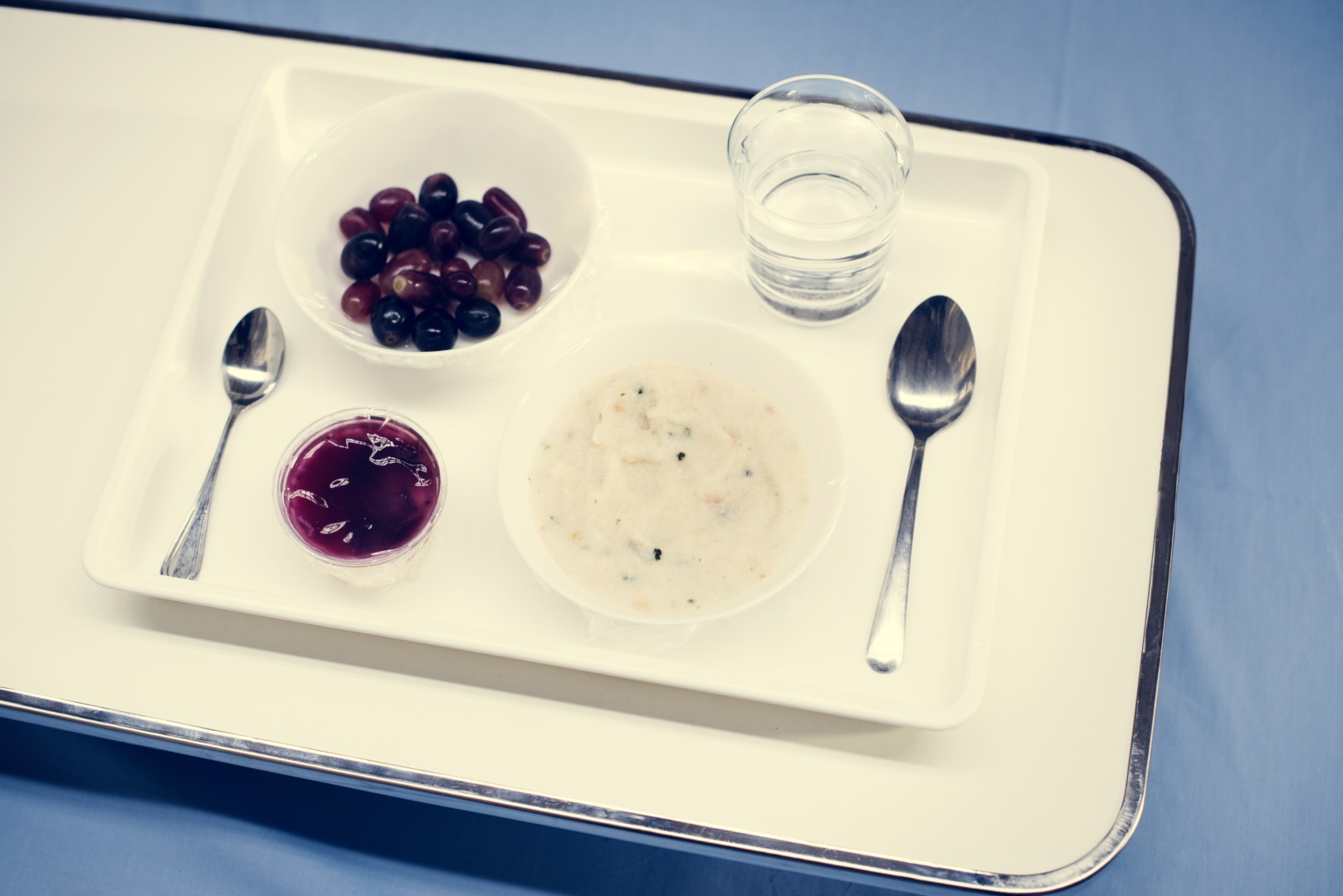
In recent years, studies have focused on the correlation between food and disease. Many scientific studies show that certain foods can have negative side effects in cancer patients, even increasing the risk of relapse in some cases. Nevertheless, cancer patients are often served these “bad” foods during hospital stays. Various investigations analyze how a proper diet instead can have a positive effect on recovery. A recent statistical survey from the Karolinska Institute in Solna, Sweden, highlighted how following a correct diet, immediately after undergoing an operation, can speed up recovery and reduce medical costs for patients. Furthermore, a study published in “Plos One” in June 2019 demonstrated that the combination between healthy eating and physical activity are the main contributors in reducing the risk of premature death in post-operative cancer patients.
GUIDELINES VS. REALITY
There are real codified dietary guidelines for doctors and patients that can be used to learn about how a proper diet can complement cancer therapies. In particular, the International Agency for Research on Cancer (IARC), part of the World Health Organization (WHO), released the “European Code Against Cancer.” This document included 12 ways to reduce the risk of cancer, as well as indications for a healthy diet: 1) consume whole grains, legumes, fruits, and vegetables; 2) avoid high-calorie foods (high in sugar and/or fat), preserved meats, red meats, salt-rich meats, and alcohol. Additionally, physical activity is recommended.
Another example of guidelines is the report by the World Cancer Research Fund (WCRF) taken from the SmartFood of the IEO-CCM Foundation (European Institute of Oncology and Monzino Cardiology Center), “Ten useful recommendations for prevention cancer through diet and lifestyle.” This report examines how a healthy diet, along with physical activity, can prevent, manage, and treat many diseases.
However, many hospitals have yet to take these indications into account. In reality, they offer a “bad” diet with inflammatory foods and pre-packaged menus that are equal for all patients, even cancer patients. For example, they offer to patients ham or cheese with mashed potato flakes -that can increase blood glucose- and products that are processed and not recommended by the guidelines mentioned above. Furthermore, given that cancer patients are often not given dietary indications when discharged, it is possible that this poor diet will be even worse at home and thus negatively affect their health condition. Not to mention, hospitals have many vending machines with products that are not recommended for cancer prevention, such as snacks and sugary drinks.
GOOD EXAMPLES IN ITALY
In Italy, there are hospitals that have been implementing new ideas. One of these is the EAT Projects (Teen Food Education) Sustainable Nutrition promoted by the San Donato Group Foundation. Here patients (cancer patients, major intestinal surgery patients, elderly, and subjects at risk of malnutrition) are followed by a nutritionist or dietitian or receive ad hoc dietary indications from the staff. Likewise, in the resignation letter there are personalized dietary indications, developed on the basis of diagnosis and course of disease.
On the other hand, the Sant’Orsola Polyclinic in Bologna launched the CRUNCH project (United Kitchen and Catering in Clinical Hospital Nutrition) where a team of chefs, dieticians, and nutritionists, in collaboration with the Clinical Dietetics department and other operative units, create the patients’ diet, combining nutrients, taste, and innovation. They keep in mind cancer patients (reducing animal products and increase vegetables and legumes) and patients suffering from dysphagia (swallowing problems whose foods have to be made soft but without losing flavor).
Another example is the “Chef in the Hospital” program at the Mantua Hospital. Here the menus and dishes are prepared by nutritionists and starred chefs that create healthy and tasty dishes. Additionally, they replace sugary drinks with water and other sugar-free drinks, and implement an information campaign for parents and employees about proper eating habits.
SOURCES:
1) Karavasiloglou N, Pestoni G, Wanner M, Faeh D, Rohrmann S. – Healthy lifestyle is inversely associated with mortality in cancer survivors: Results from the Third National Health and Nutrition Examination Survey (NHANES III) – PLoS One (Jun 2019)
2) Codice Europeo Contro il Cancro – International Agency for Research on Cancer (IARC) World Health Organization (WHO) (data ultimo accesso 01.08.2019)
3) Diet, Nutrition, Physical Activity and Cancer: a Global Perspective – World Cancer Research Fund WCRF (data ultimo accesso 01.08.2019)
4) Dieci utili raccomandazioni per la prevenzione oncologica attraverso dieta e stile di vita – IEO (data ultimo accesso 01.08.2019)